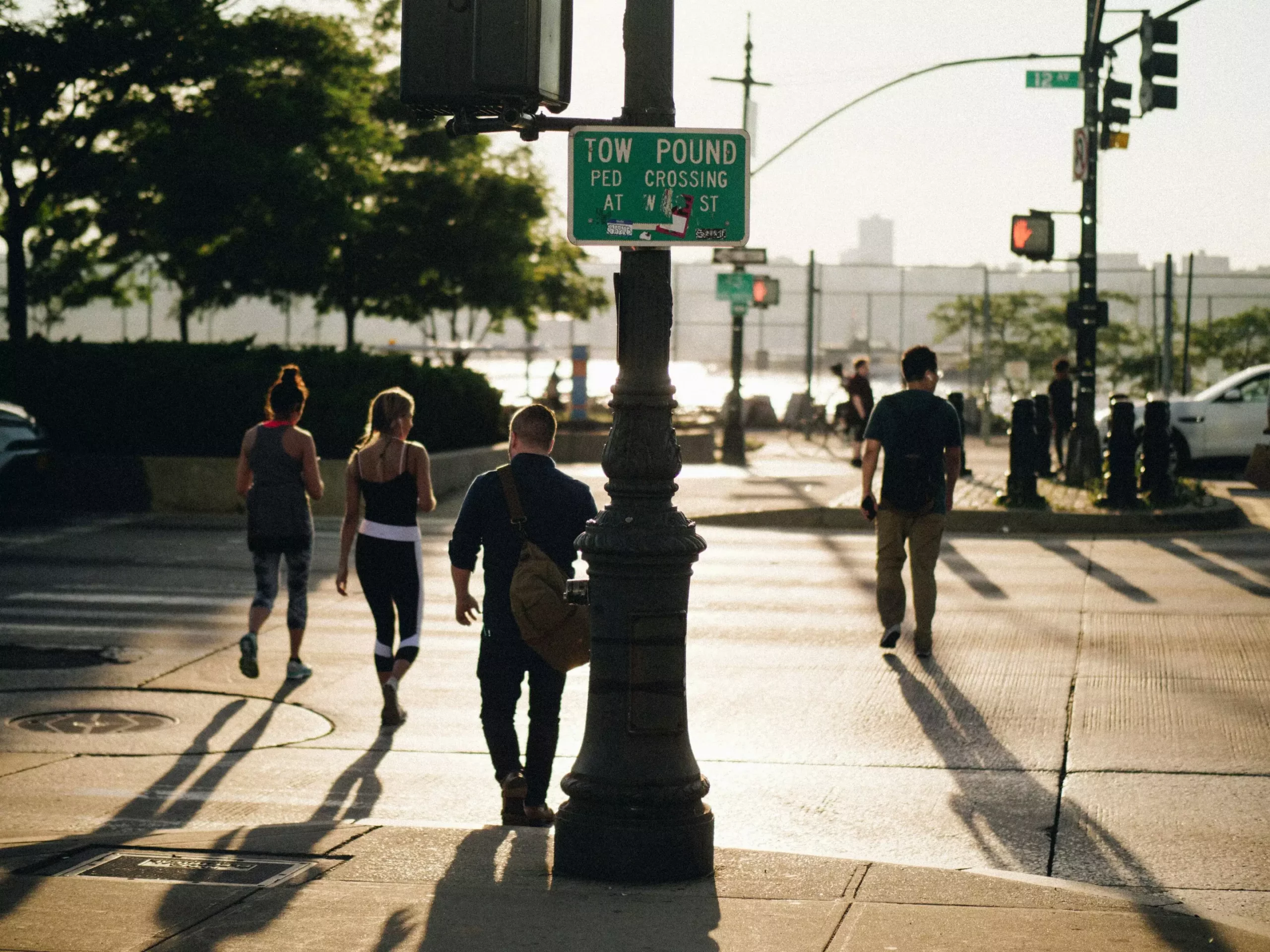In recent years, air quality has come to the forefront of public health discussions, especially concerning the impact of vehicle emissions on vulnerable road users such as pedestrians and cyclists. A recent study conducted by researchers from the University of Birmingham emphasizes the urgency of addressing non-exhaust emissions caused by vehicles, particularly those stemming from brake wear, tire degradation, and road surface interactions. Despite advancements in electric vehicle technology, these harmful particle emissions continue to pose significant health risks, contributing to chronic diseases and detrimental health outcomes among urban populations.
The groundbreaking research published in the Royal Society Open Science journal proposes an innovative solution to a pressing public health problem: the integration of physics-informed virtual reality (VR) technology. By creating immersive VR environments, researchers have developed a way to visualize the often-invisible pollutants that plague urban settings. These VR models are not simply a representation; they are built on sophisticated computational fluid dynamics simulations that illustrate how particle pollutants disperse in real-time from moving vehicles.
This approach aims to educate the public about the dynamics of pollution, equipping individuals with the knowledge necessary to navigate their environments more safely. The VR experiences designed for this study specifically highlight the moments when exposure to these non-visible pollutants might be at its peak, enabling users to make informed decisions to minimize their exposure as they move about the city.
The research also took an empirical turn, as the VR models were applied in real-world trials in Birmingham, the UK’s second-largest city. Known for its notable contributions to PM2.5 emissions, Birmingham provided an ideal backdrop for testing how effectively immersive technology could raise awareness and change behaviors among its residents. Users of the VR models were able to visualize the unseen dangers that accompany their daily commutes or leisurely walks, leading them to reconsider their routes and habits based on the information provided.
Principal Investigator Dr. Jason Stafford emphasized the importance of understanding pollution pathways. He noted that previous analyses revealed critical insight: the highest risks of exposure coincided with the end of braking events, which are prevalent at bus stops, pedestrian crossings, and cycle lanes. This revelation underscores the need for urban planners to rethink the design of city infrastructure to mitigate these risks and promote a healthier environment for all.
Future Implications for Urban Planning
The implications of this research extend beyond individual awareness; they prompt a comprehensive reevaluation of urban planning strategies. By employing technologies like VR in city design and environmental assessments, planners can foster cleaner air initiatives that cater specifically to high-risk areas. As cities continue to grow and evolve, tools that make the invisible visible and promote informed decision-making among the public are crucial.
In an era where technology drives change, the fusion of virtual reality and environmental science offers a promising avenue for combating air pollution. The potential for creating healthier urban spaces is not just an aspirational goal but a necessary step for safeguarding the well-being of residents. Ultimately, initiatives like these can reshape not only how individuals interact with their environment but also how cities are structured in their quest for cleaner air and improved public health.


Leave a Reply